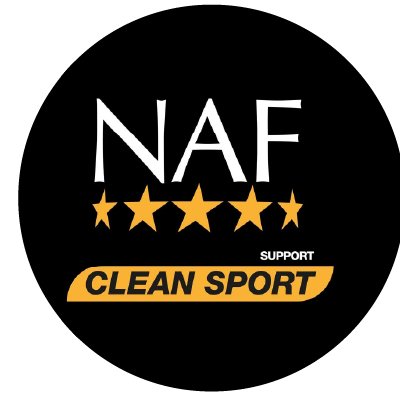As grass growth reaches its spring peak, owners of good do-ers know the struggle of maintaining that healthy weight. Studies show over half of our horses and ponies are overweight, or worse, and that figure is likely to be higher still in key populations like native ponies. Carrying excess weight not only increases the risk of dangerous metabolic conditions but will have broad-ranging implications on joint strength, speed, stamina and even behaviour.
So how do owners help their equines maintain a healthy weight when some appear to live on fresh air?!
Assess and Monitor
Firstly, take a good look at your horse(s) and honestly assess their condition. As owners, it’s easy to underestimate our horses’ Body Condition Score, and research reinforces that point. Therefore, take care to assess them carefully and honestly. Guides to how to Body Condition Score are available online, and on a 1-5 scale we are aiming for a BCS of 2-3 for fit, healthy horses and ponies.
Access to a weighbridge is invaluable, but rarely available in your yard. Therefore, use a weigh tape regularly. Although weigh tapes can be notoriously inaccurate in terms of actual weight, if the same tape is used routinely, it gives you a good idea of changes which can be challenging to spot when you see your horse daily. It’s also worth measuring around the neck, approximately halfway up – this is called the mid-neck circumference, and the Cresty Neck Score is growing in popularity as a way of measuring fat deposits.
Read more: How to feed your horse according to workload
Control Grazing
Fast-growing Spring grass can be rich in Water Soluble Carbohydrates (WSC) and horses and ponies given free access can gain weight easily. Our fabulous native breeds have evolved to take advantage of the good times, in order to build reserves for a harsh winter. That spells trouble when coming out of winter already looking good, and for these good do-ers, it may be necessary to limit intake. Research shows that, when given limited access to grazing, equines can change their bite rate and bite intake, such that twelve hours of grass can be eaten in three hours! This is not greed, it’s their evolutionary tactic. Therefore, it is better to allow greater turnout if possible, as this also encourages exercise, but limit grazing through using a grazing muzzle, strip grazing or a system like the track system, which is designed to keep them moving and keep them off the grass.
For high-risk, and those needing to lose significant weight, it may be necessary to keep them off grass entirely, using access to a yard or school for turnout instead. While we’re often heard to describe a sparse paddock as ‘bare’ the truth is there will be grazing coming through, it’s just that it’s being eaten before it is seen! Therefore, using no grazing and low WSC forage is preferable until a healthy weight has been achieved. Look for WSC around or below 10%; if that isn’t possible, soak hay for two to three hours, which will lose the sugars without losing excessive nutritive qualities.
Read more: Managing your horse's grazing
Balancing Act
Whatever the diet, it is probable that horses and ponies under weight management are likely to be deficient in essential micronutrients. For the grazing animal, nutrients such as selenium and copper are typically deficient in UK soils. For those on soaked forages and low-calorie chaffs, the nutrient profile will be poorer, as forage treatment and storage will reduce the level of micronutrients.
Feed a concentrated balancer explicitly designed for the good do-er, such as NAF Slim Pellets. Slim is a unique synergistic blend of natural extracts to provide essential vitamins and nutrients. Slim does not use synthetic vitamins on cereal carriers, meaning Slim Pellets are cereal free, with no added sugar and low in starch. Additionally, Slim Pellets provide unique plant-based metabolites to support a healthy metabolism and maintain the ideal girth line on all good do-er types, from retired pony to performance.
"Slim is a fantastic product which can be a real help in watching your horse's waistline. I have been so pleased with the results we have had with Slim and would definitely recommend it to anyone whose horse needs help with weight control" - Says Alan Davies
Rendle D et al (2018) Equine obesity: current perspectives. UK-Vet Equine. Vol 2 No.Sup5












